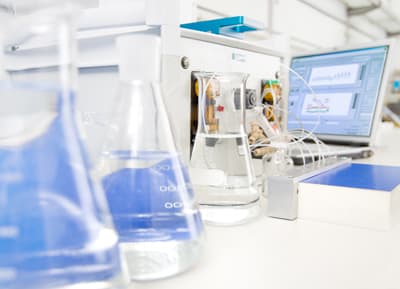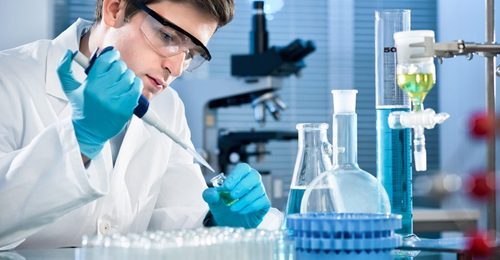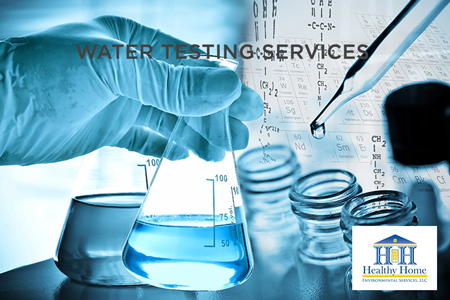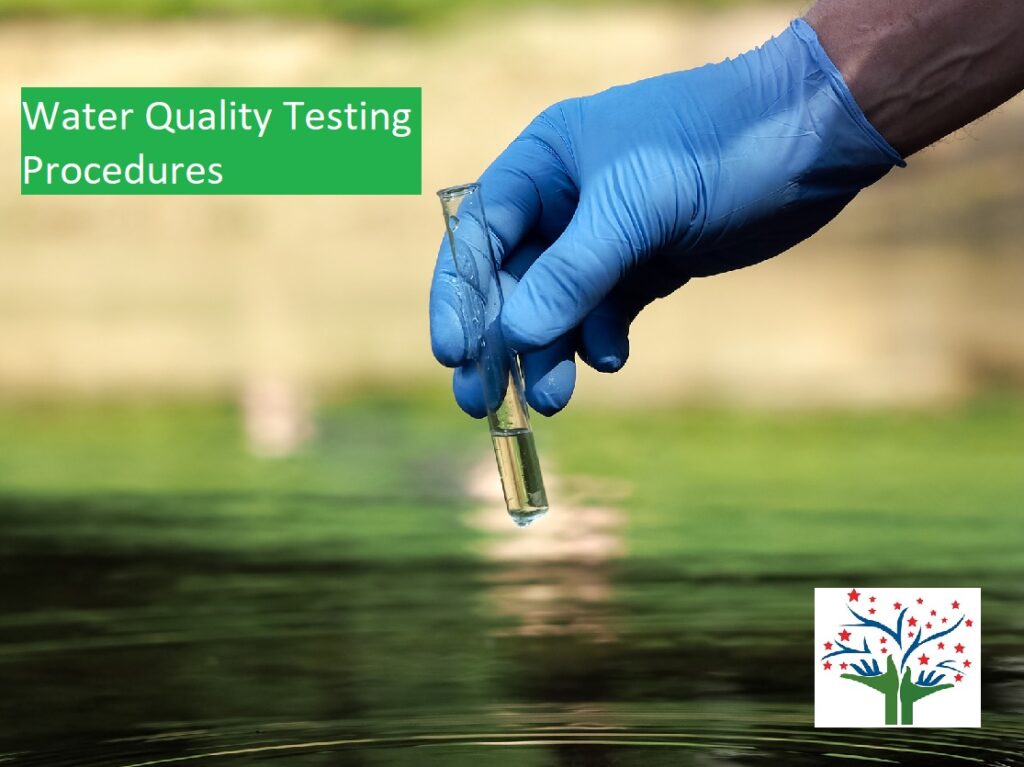Specialist Well Water Testing Services: Obtain Accurate Outcomes Quick
Specialist Well Water Testing Services: Obtain Accurate Outcomes Quick
Blog Article
Discover What Is Consisted Of in Water Checking and Just How It Ensures Safe Drinking Water
Recognizing the ins and outs of water testing is critical in ensuring the quality and safety of our alcohol consumption water. Via a careful evaluation of physical, chemical, and microbiological facets, water screening determines potential impurities that can posture health and wellness dangers. From the existence of heavy steels to hazardous microorganisms, each examination element plays a vital function in maintaining the integrity of our water. Advanced strategies like chromatography and spectrometry improve the precision of these evaluations. Yet, how do these processes convert into the regulatory structures that ensure safety in our day-to-day consumption?
Secret Components of Water Testing
Water testing is a vital procedure that entails numerous crucial elements to make sure the safety and security and top quality of alcohol consumption water. Additionally, guaranteeing the pH balance of water is necessary, as it impacts the water's corrosiveness and the efficacy of disinfection processes.
Another significant component includes microbiological analysis, where water examples are examined for the visibility of microorganisms such as bacteria, viruses, and protozoa. This evaluation is crucial to determine organic dangers that might posture health and wellness risks if consumed. Chemical analyses are performed to spot organic and inorganic materials, such as hefty metals, nitrates, and pesticides, that could be existing in the water supply.

Identifying Unsafe Pollutants
Discovering unsafe contaminants in drinking water is a fundamental element of protecting public health and wellness. Each kind of impurity positions distinctive wellness risks, making their detection crucial to ensure the water consumed by the public is safe.
Water testing for contaminants is generally carried out by regulative companies and water utilities, employing a combination of area sampling and research laboratory evaluation. These analyses are made to spot both naturally occurring materials and anthropogenic toxins that might have gone into the supply of water with farming overflow, commercial discharge, or maturing framework. Routine monitoring is necessary, as contamination degrees can change due to environmental adjustments, seasonal variants, or human tasks.
The identification of dangerous pollutants informs necessary activities, such as water treatment interventions or public advisories, to mitigate threats. Early discovery is vital to avoid damaging health and wellness effects, varying from intestinal diseases to lasting problems like cancer cells, thereby making sure the continued safety and security of drinking water.

Chemical Evaluation Methods
In the realm of guaranteeing secure alcohol consumption water, chemical evaluation techniques play an essential duty in recognizing and quantifying pollutants. These techniques are crucial for spotting a vast selection of chemical materials, including heavy steels, chemicals, and industrial pollutants, which can pose significant health risks.
Gas chromatography-mass spectrometry (GC-MS) is another crucial method, specifically for organic compounds. It divides complex mixtures and identifies semi-volatile and volatile natural substances, ensuring that toxins like benzene and toluene are within secure restrictions. High-performance fluid chromatography (HPLC) is likewise utilized for non-volatile substances, consisting of particular pesticides and drugs.
Ion chromatography is used to establish focus of anions and cations, such as nitrates and sulfates, which are essential in evaluating water quality. These chemical analysis strategies collectively ensure that drinking water stays risk-free by discovering variances from developed purity norms, therefore protecting public health and wellness. Guaranteeing precision and precision in these tests is extremely important to preserving the integrity of water safety and security evaluations.
Microbiological Testing Approaches
Precise microbiological screening is vital for protecting public wellness by making sure that drinking water is devoid of damaging pathogens. This procedure involves identifying and identifying bacteria such as bacteria, viruses, and protozoa that might contaminate water products. Typical virus include Escherichia coli, Giardia, and Cryptosporidium, each posturing considerable health threats.
Several approaches are employed in microbiological screening to determine these threats. The membrane purification technique is frequently made use of, involving water travelling through a filter that captures germs, which are after that cultured to establish their presence and focus. Conversely, the multiple-tube fermentation method allows the metrology of coliform microorganisms using a series of dilution and incubation actions.
Advancements in innovation have actually presented molecular strategies such as polymerase chain response (PCR), which permits the extremely certain Water Testing Service and rapid detection of virus by amplifying their genetic material. Enzyme-linked immunosorbent assays (ELISA) also offer a method to find virus by recognizing specific proteins or antigens.
These varied approaches are important for extensive water high quality evaluation, making certain that water treatment processes are effective and that distribution systems maintain safety. By employing these microbiological testing methods, potential carcinogen can be determined and reduced immediately.

Relevance for Public Health And Wellness
Making sure the microbiological safety of alcohol consumption water directly affects public health by avoiding the spread of waterborne illness. Virus such as microorganisms, viruses, and protozoa can result in ailments like cholera, dysentery, and gastrointestinal infections (Water Tesing Services Tampa). The implementation of extensive water screening methods is vital in identifying and minimizing these risks, hence securing communities from potential outbreaks
Routine water testing not only detects microbial pollutants yet also evaluates chemical and physical specifications that can influence health. For instance, extreme degrees of nitrates or hefty steels such as lead can present significant wellness threats, specifically to vulnerable populations like infants and expectant women. By determining these threats early, water testing allows timely interventions, guaranteeing the supply of water remains within risk-free intake standards.
In addition, water testing plays an important role in maintaining public confidence in local water systems. For plan manufacturers and health and wellness officials, the data acquired from water screening educates choices on framework financial investments and public wellness methods, ensuring sources are directed where they are most needed.
Final Thought
Water screening functions as a crucial mechanism for ensuring the security and top quality of alcohol consumption water through comprehensive evaluation of its physical, chemical, and microbiological residential properties. By finding damaging contaminants, such as heavy steels and pesticides, and utilizing innovative methods like chromatography and spectrometry, water screening assists in the identification of possible health risks. The implementation of strenuous testing methods is important for keeping compliance with safety and security requirements, ultimately protecting public health and strengthening confidence in municipal water systems.

By identifying these dangers early, water screening makes it possible for prompt treatments, ensuring the water supply remains within safe intake standards.
Water testing offers as a crucial mechanism for making sure the safety and security and quality of drinking water via comprehensive assessment of its physical, chemical, and microbiological buildings.
Report this page